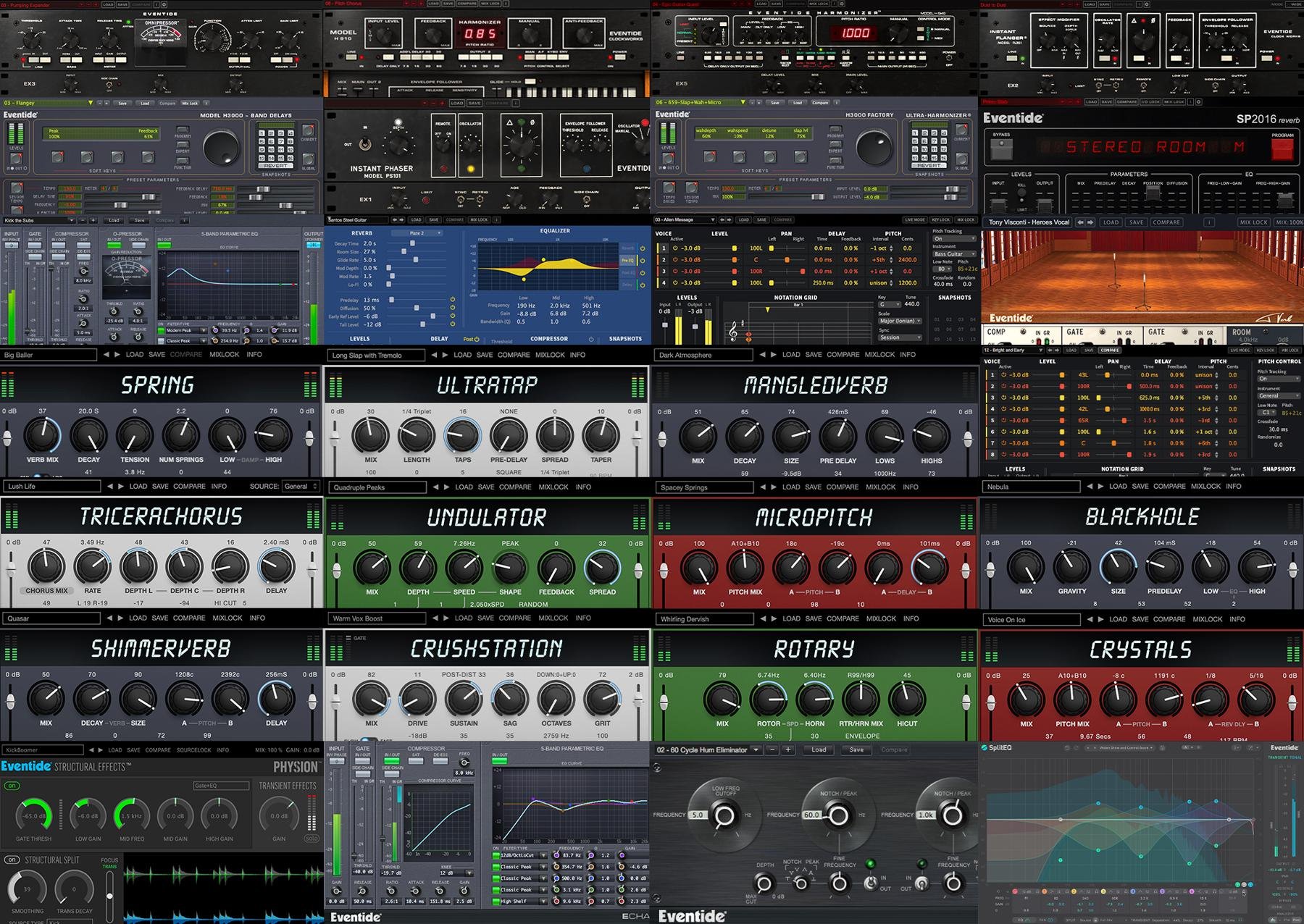
If your mix needs to be drastically transformed to make it sound right, you should probably go back to the mixing stage and figure out what went wrong. During mastering, you use linear-phase EQs, compressors, brickwall limiters, and vibe-enhancing effects like character EQs, stereo wideners, and tape saturation to give your mix a radio-friendly sound. Its primary aim is to polish your mix to its finest presentation and prepare it for distribution on CD, vinyl, or the internet. When your mix is finished, that’s the time to shift gears into mastering - the final process that your music undergoes before distribution. Solid State Logic SSL Native Essentials plug-in bundle When you’ve got everything sounding the way you want, you’re officially finished with your mix. That’s why it’s important to audition your mix on headphones, earbuds, and alternate speakers (your car works great for this). It’s important that your mix sounds equally great on a wide range of playback systems, otherwise it’ll sound like gold in your studio but like nails on a chalkboard everywhere else. Throughout the mixing process, you’ll be editing, adjusting pitch and time, manipulating fades, tweaking track levels, and applying automation when you want your adjustments to occur in real time during playback. Additional EQ and compression, as well as reverb, delay, modulation, saturation, and other creative effects are also applied to each track (and can also be applied to the entire mix, depending on your taste and preferences). Compressors are employed to manipulate and contain each track’s dynamic range. This game of sonic Tetris ensures that every track can be heard and that there’s an appropriate distribution of energy across the audio spectrum when the tracks are played together. Next, apply highpass filters, lowpass filters, and EQ to the tracks to carve out space for each element and to establish a tonally balanced mix. Done? Congratulations! You’ve now created what is known as a rough mix.

Then, pan each track to create a balanced soundstage, while also giving each element its own spatial location. Use your DAW’s faders to roughly approximate levels for each track.

“Ld Vox” makes a lot more sense than something like “audio_track_14.wav.” Instantiate gain plug-ins on each track to ensure that they’re not too loud, not too soft, and about the same volume. Start by giving each track an informative name. While every mix engineer’s workflow is different, a smart first step is to organize your tracks. What Is Mixing?Īfter you’ve finished recording your individual tracks, your project is ready to be mixed. In this article, we’re going to clarify that line. Tracking is pretty straightforward, but the line between mixing and mastering frequently becomes blurred. Mastering involves processing your mix into its final form so that it’s ready for distribution, which may include transitioning and sequencing the songs.Mixing involves adjusting and combining individual tracks into a stereo or multichannel format, a.k.a.Tracking (the technical term for recording) involves capturing sound into your DAW.

That said, it can be broken down into three primary phases: tracking, mixing, and mastering. There is a myriad of tiny steps involved that can seem intimidating to the uninitiated. So, where do you start? After all, audio production is a complicated process.

You’re feeling inspired and you want to create and produce your own music. You’ve been woodshedding for what seems like forever. Photo courtesy of Mayfield Mastering, Nashville, Tennessee.


 0 kommentar(er)
0 kommentar(er)
